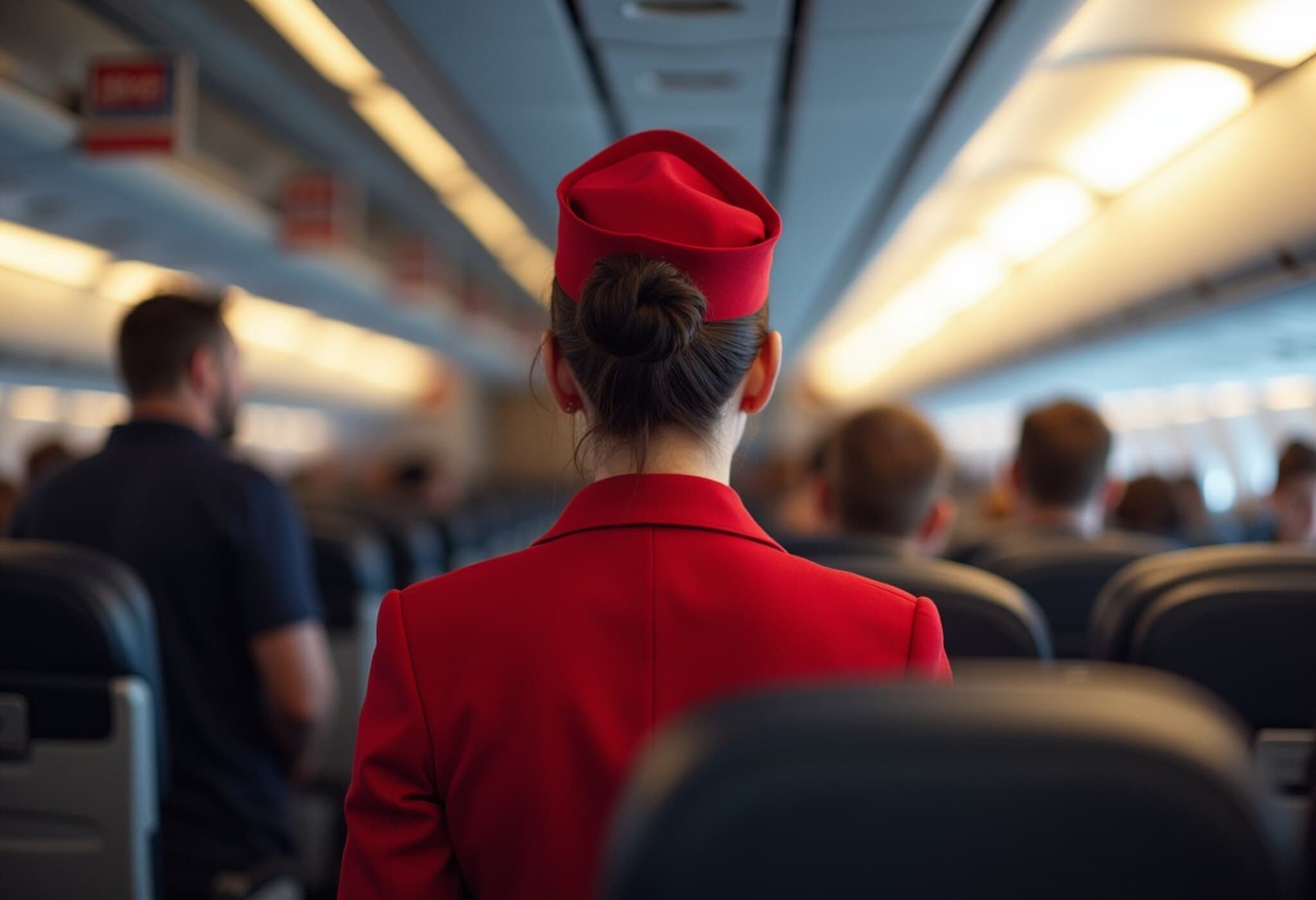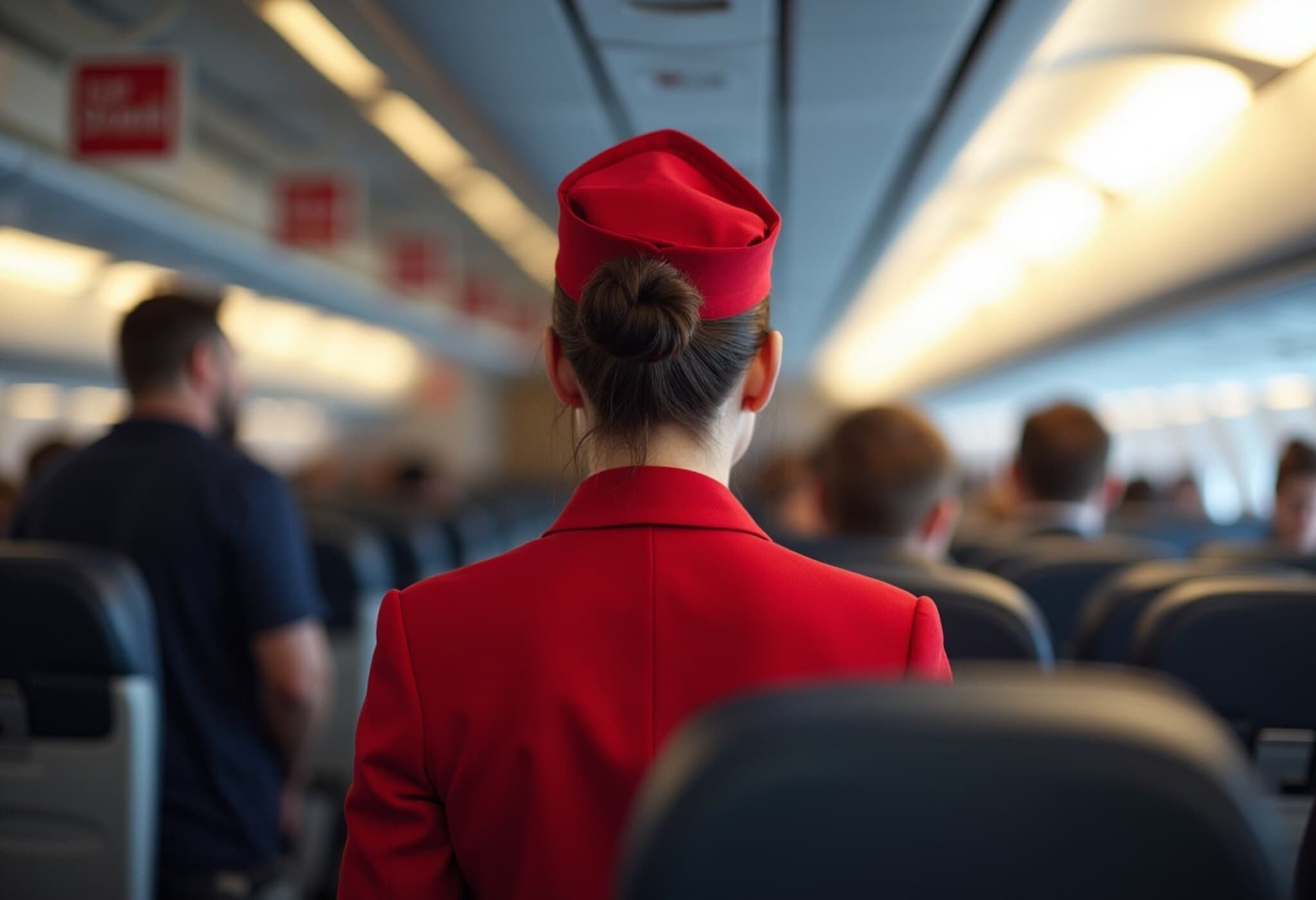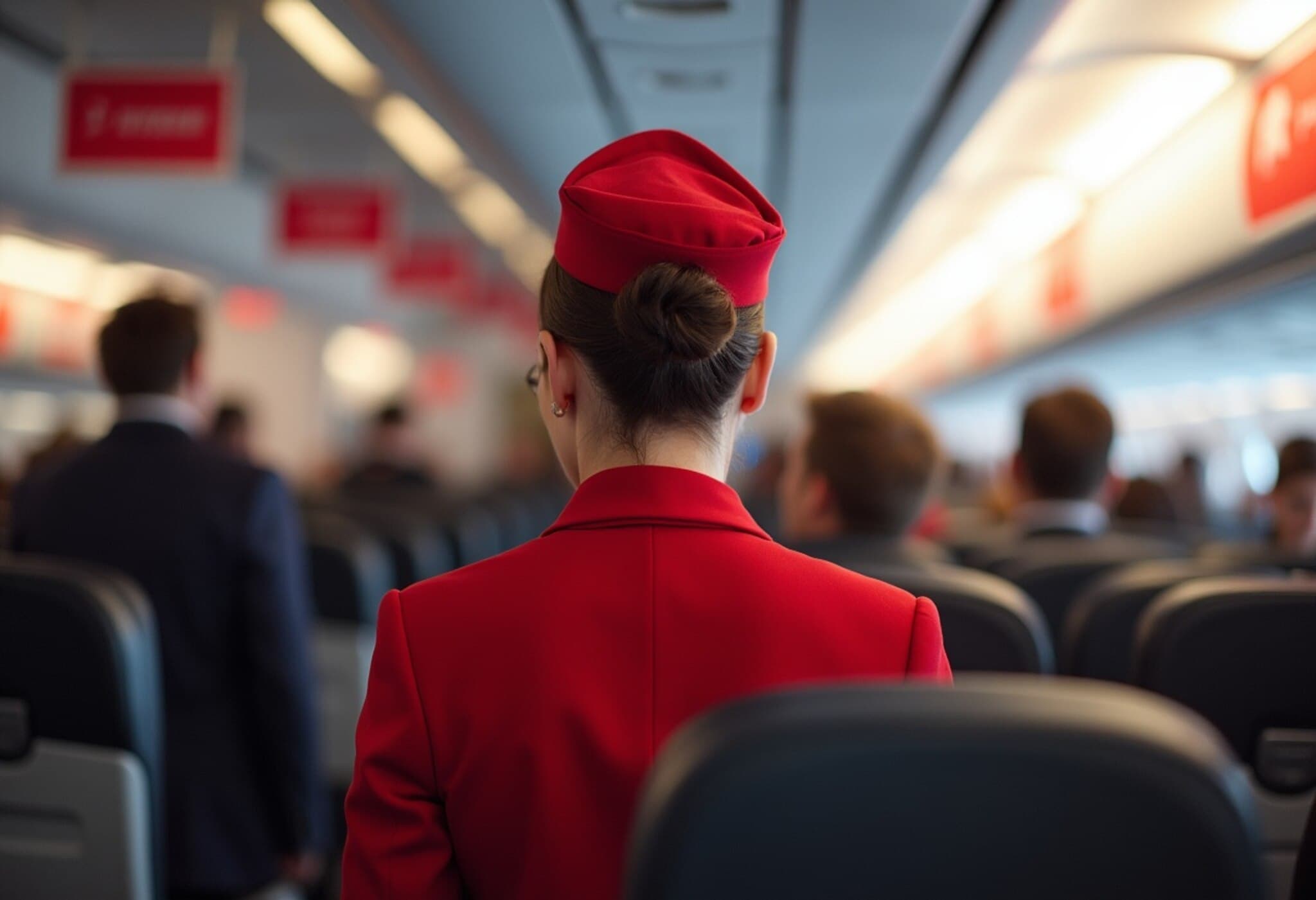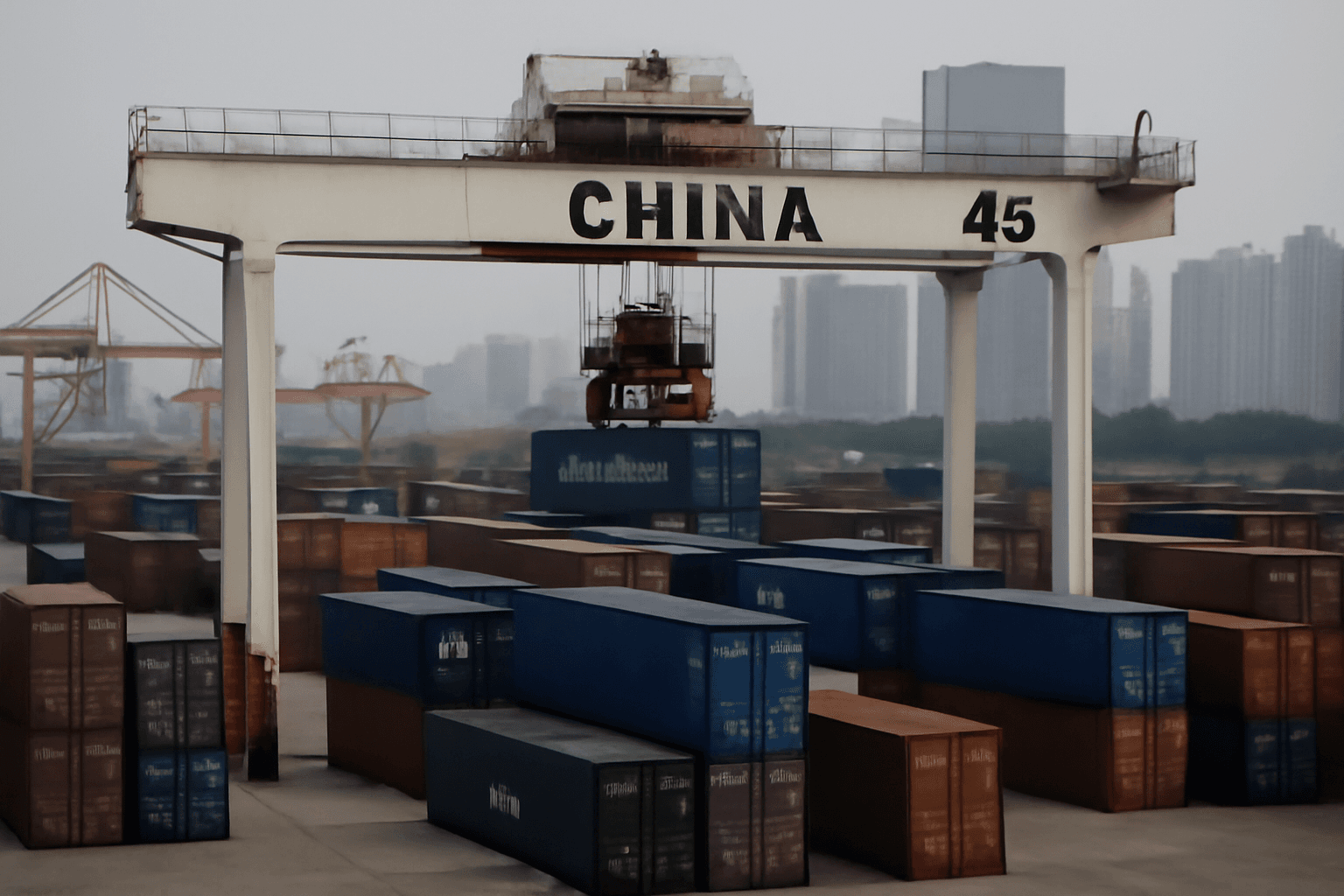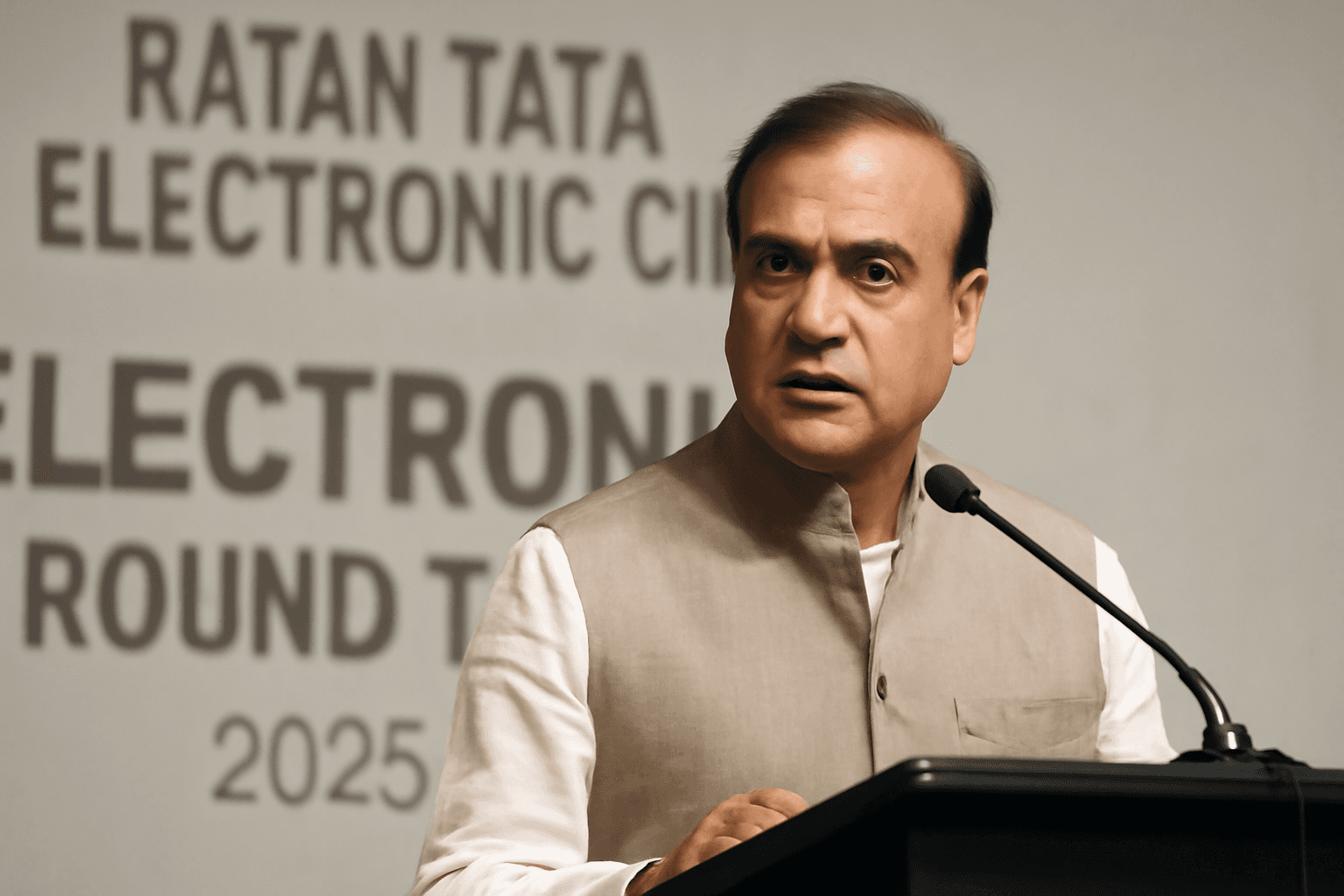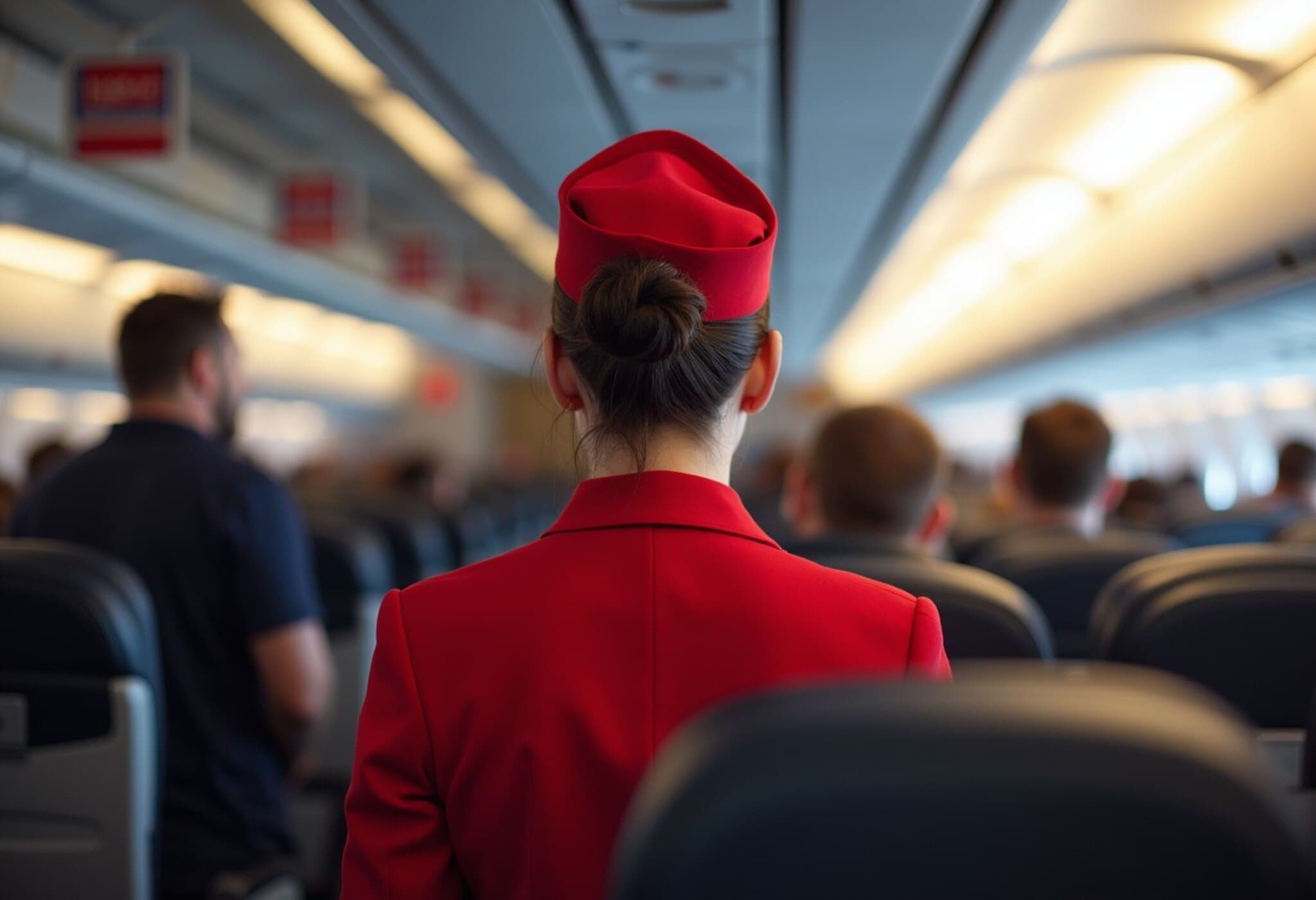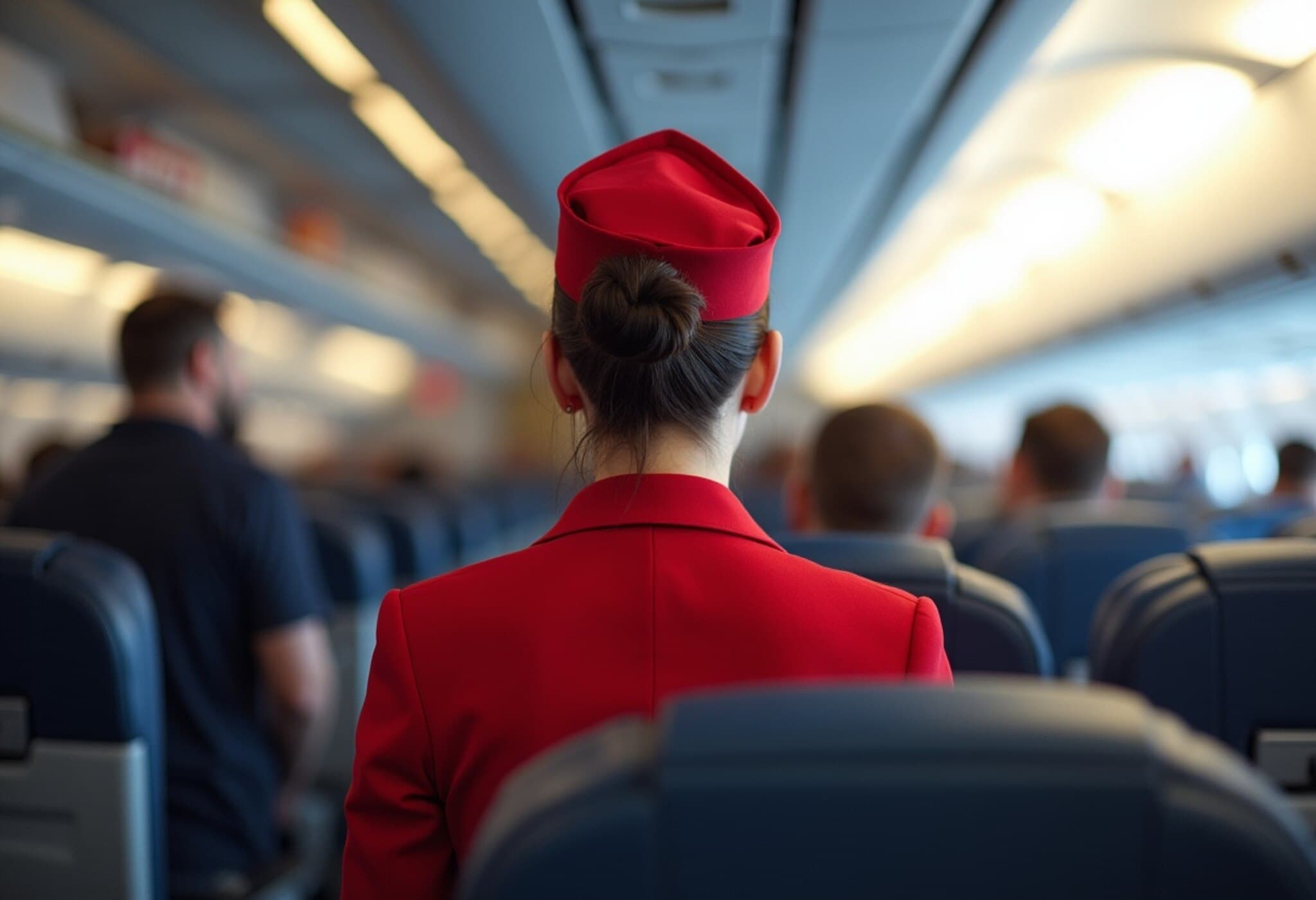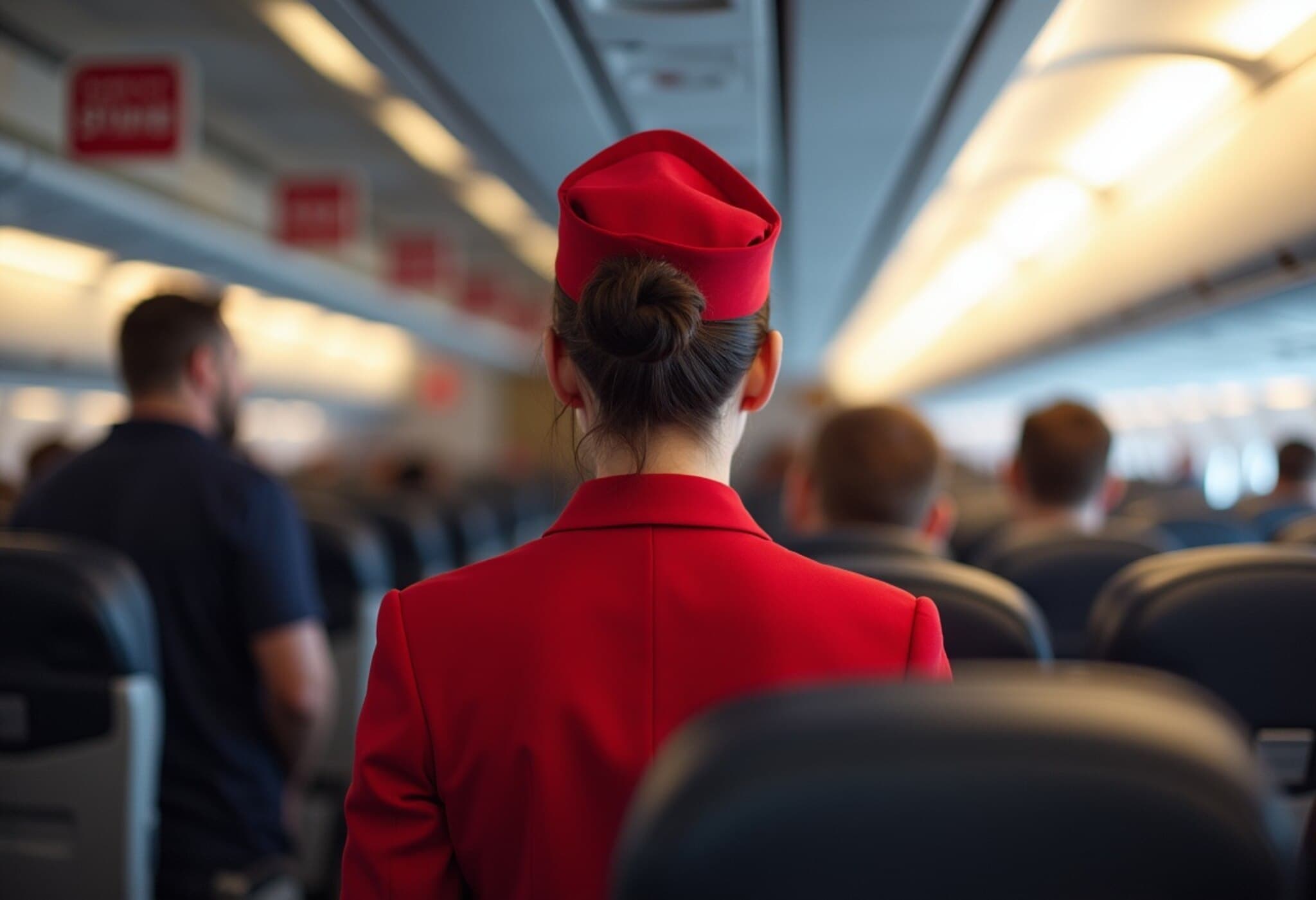Air Canada Flight Attendants Continue Strike Amid Back-to-Work Order
In a tense escalation of one of Canada’s most significant aviation labor disputes in recent years, approximately 10,000 Air Canada flight attendants have boldly refused to comply with a back-to-work order issued by Canada’s federal labor tribunal. The strike, now entering its second week, has disrupted travel plans for over half a million passengers worldwide, underscoring the broader ramifications of what began as a fight for fair wages and better working conditions.
Union and Airline at an Impasse
The Canadian Union of Public Employees (CUPE), which represents the flight attendants, insists that Air Canada has failed to adequately address their demands. Key issues include wage increases and compensation for unpaid tasks performed on the ground, such as duties during boarding and deplaning.
“If Air Canada thinks planes will be flying this afternoon because of this back-to-work order, they’re sorely mistaken,” stated the union leader, signaling a determined stance despite mounting legal pressures.
Legal Orders vs. Worker Defiance
The federal labor tribunal has labeled the ongoing strike as “unlawful” and mandated a return to work, backed by the threat of penalties including fines and possible imprisonment. Yet, CUPE President Mark Hancock affirmed that union members are prepared to face these consequences head-on.
“If it means folks like me going to jail, then so be it,” Hancock declared, framing the strike as a principled stand rather than mere labor unrest.
Industry and Government Reactions
Air Canada has so far refrained from publicizing an official response to the union’s refusal to comply with the order. However, the Federally Regulated Employers - Transportation and Communications (FETCO), representing the airline’s interests, condemned the defiance in stark terms:
- Daniel Safayeni, FETCO’s President and CEO, expressed concern that ignoring the labor tribunal's ruling is "normalizing the idea that if you don’t like a decision, you can simply ignore it."
- He further warned that such actions risk eroding trust in Canada's labor relations system, damaging the nation’s global economic reputation amid already fragile geopolitical conditions.
Prime Minister Mark Carney weighed in, expressing disappointment over the failure to reach an agreement after eight months of negotiations. He emphasized the dual challenge of respecting flight attendants’ essential role and ensuring travel reliability for Canadians and international visitors.
Deeper Context: Labor Relations and Economic Ramifications
This strike highlights a broader labor relations quandary faced internationally as workers push back against perceived inequities exposed by the COVID-19 pandemic and rising inflation. Flight attendants — frontline public-facing employees — have been advocating for compensation that reflects both their workload and risk exposure.
The Canadian government’s intervention to mandate binding arbitration reflects the critical economic stakes: prolonged disruption threatens not only travelers but also tourism-dependent businesses and broader supply chains.
Experts caution that ongoing defiance of tribunal rulings could set precarious precedents, challenging the legal framework that balances worker rights with economic stability.
Where Do We Go From Here?
As Air Canada last disclosed, the proposed offer would raise senior flight attendants’ earnings to an average of CAN$87,000 (approximately US$65,000) by 2027 — an offer the union clearly finds insufficient. The question remains whether continued negotiation or further intervention is likely to break the deadlock.
Passengers face uncertainty as flights remain grounded, and the unfolding situation invites reflection on how labor disputes in key public service sectors can be managed with empathy and pragmatism.
Editor’s Note
The ongoing Air Canada strike epitomizes the complex balance between workers’ rights, corporate responsibilities, and public interest. Beyond the headlines lies a profound debate about fair compensation, legal authority, and economic resilience in an era marked by heightened worker activism and geopolitical volatility. Observers must consider whether existing labor laws and government interventions are equipped to handle such disputes without collateral damage to essential services and public trust.

